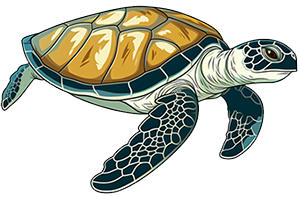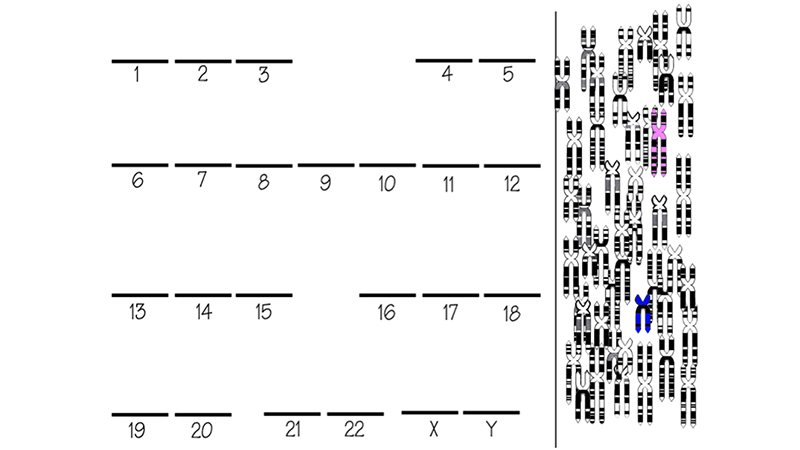Category: Genetics
-
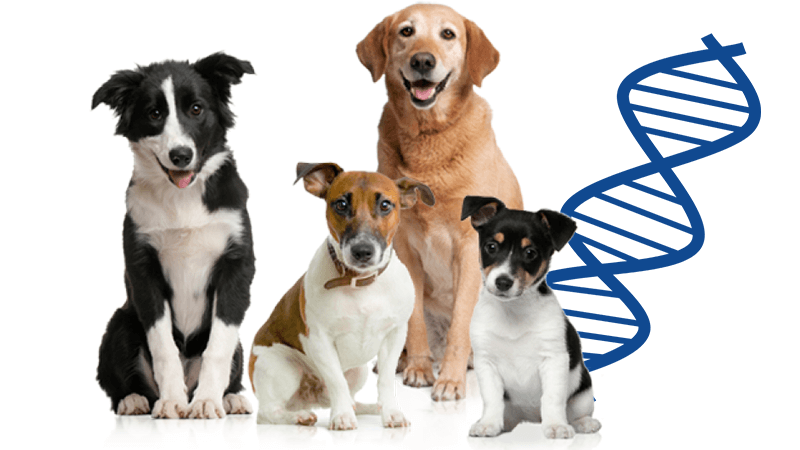
Genome Wide Association Studies in Dog Coats
Data examines single nucleotide polymorphisms (SNPs) that indicate a strong or weak correlation to coat length and texture in different dogs.
-
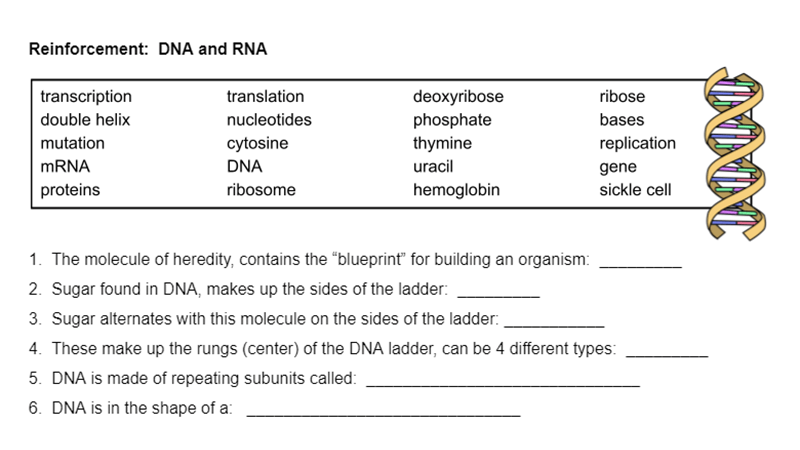
Reinforcement: DNA, RNA, and Sickle Cell
Students practice DNA and RNA by completing this simple fill-in-the-blank worksheet that focuses on vocabulary related to DNA structure and function.
-
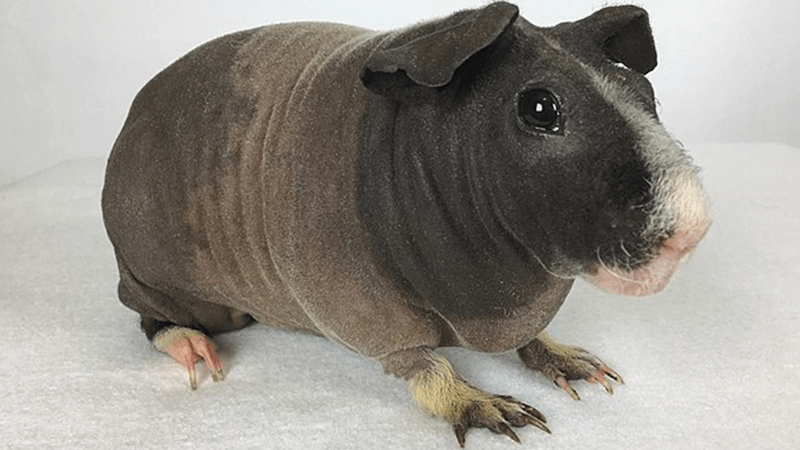
Practice Punnett Squares with Skinny Pigs
“Skinny Pig Genetics!” Hairlessness in guinea pigs is a recessive trait. Students practice Punnett squares with this simple worksheet.
-
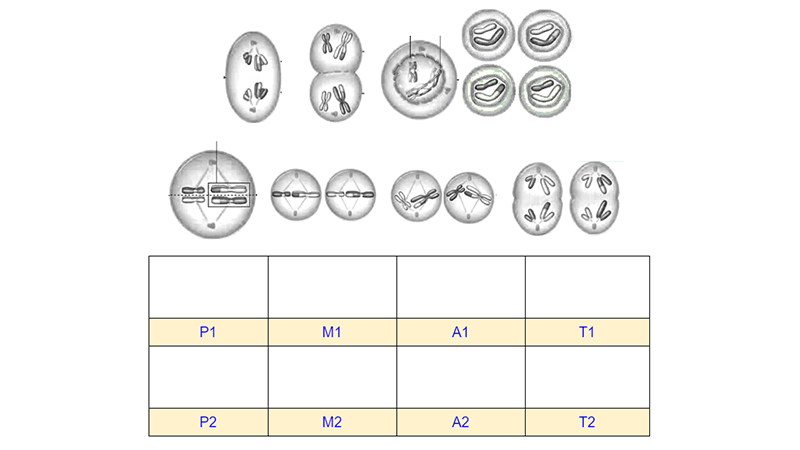
Practice Identifying the Phases of Meiosis
Practice and reinforcement of the phases of meiosis 1 and 2. Identify major events that happen in each phase and drag images into the correct position.
-
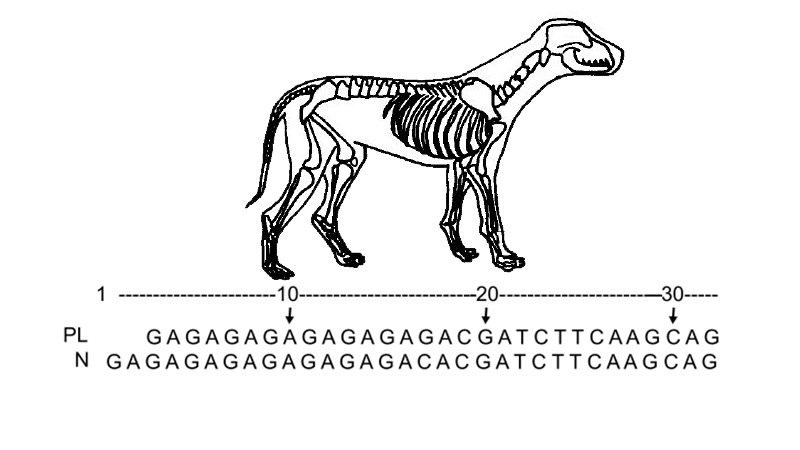
Case Study: Dogs, SNPs, and Patellar Luxation
Students learn how a genetic polymorphism (SNP) is associated with a common problem in chihuahua dogs where their patella slips out of position.
-
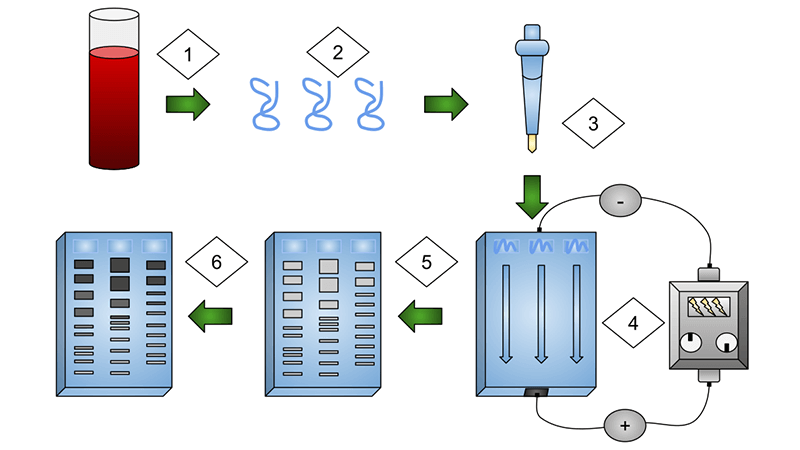
How DNA Fingerprints Are Used to Solve Crimes
Students learn how DNA fingerprints are made using gel electrophoresis. They identify which suspects match the DNA evidence.
-
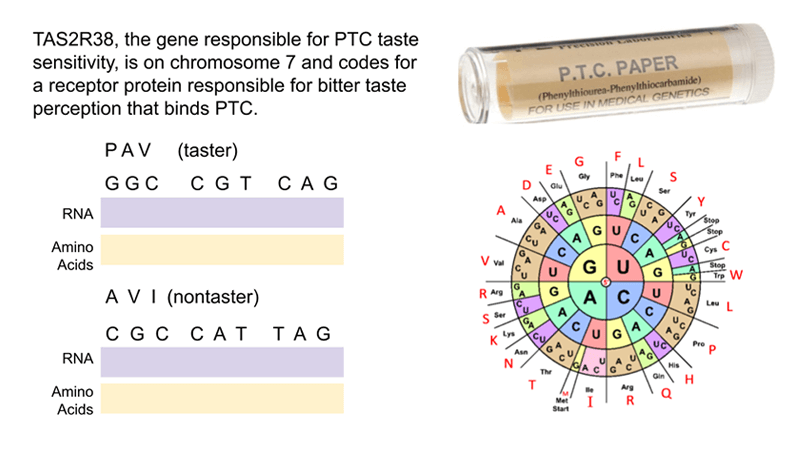
DNA Lesson Using PTC as an Anchoring Phenomenon
Describes how using anchoring phenomenon can improve lessons on teaching DNA and how the sequence of DNA determines structure and function.
-
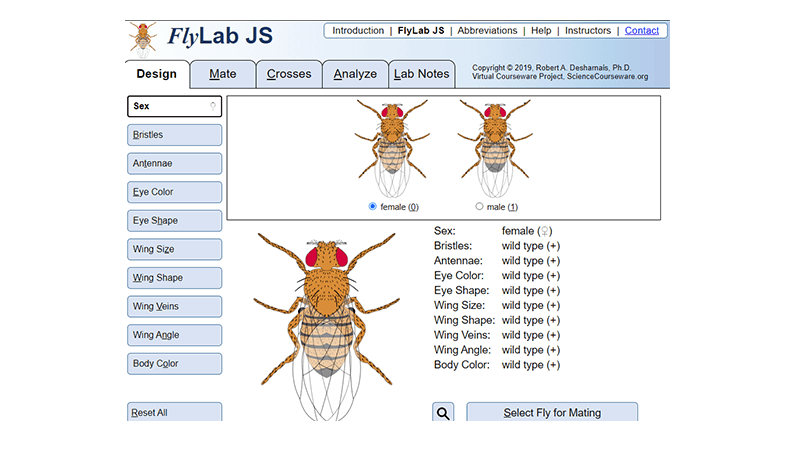
Virtual FlyLab (New!)
Virtual fruit fly genetics lab where students can explore phenotypes and genotypes of flies, design experiments, and perform chi square analysis
-
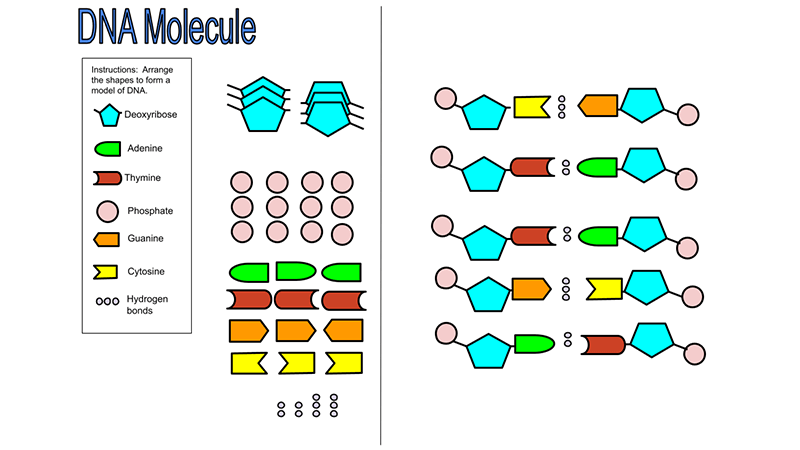
DNA Model – Cut and Paste Nucleotides
This digital modeling activity allows students to build a DNA model by dragging the individual parts into a completed diagram
-
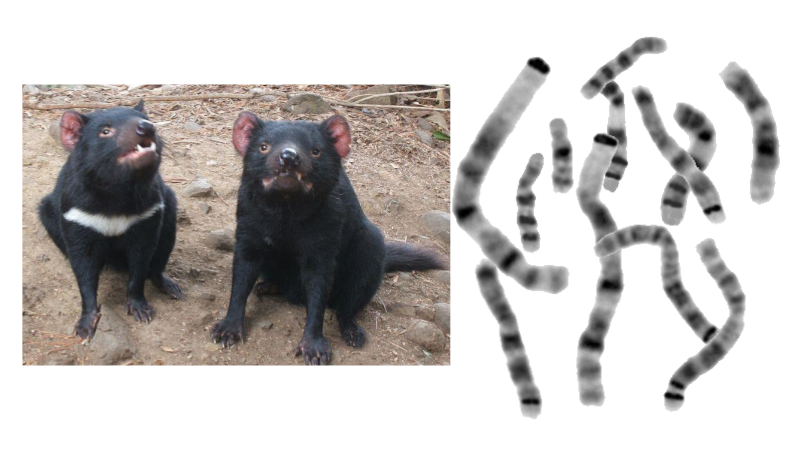
Tasmanian Devil Karyotype (Remote Version)
Examine a karyotype showing the chromosomes of a Tasmanian devil. Arrange chromosomes and determine diploid number.
-
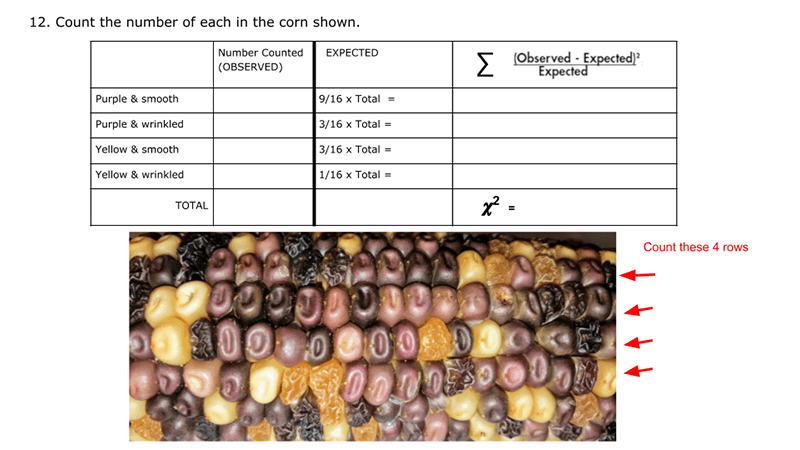
Corn Chi Square (remote)
This is the remote version of a classroom activity I do with corn ears. Students would count the kernels (smooth, wrinkled, purple, yellow) and determine if the ears of corn are the result of a dihybrid cross, RrPp x RrPp. This gives students the opportunity to apply statically analysis to data sets and determine if…
-
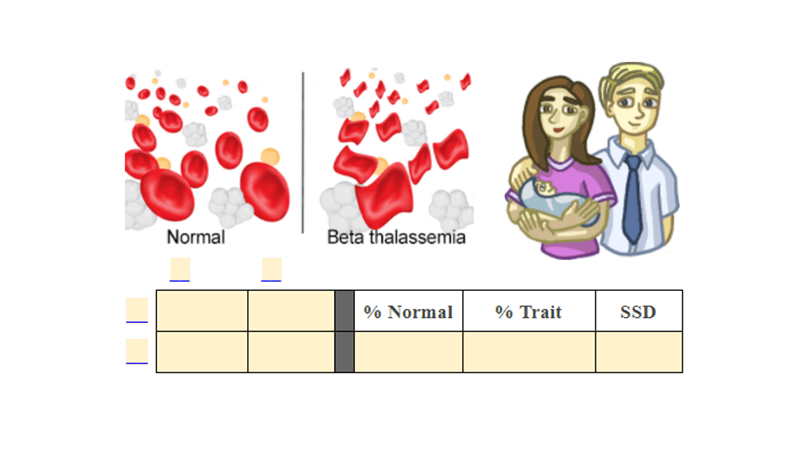
Genetics of Blood Disorders – Hemophilia and Sickle Cell
I created this worksheet for anatomy students to practice using Punnett squares and comparing different types of mutations that affect the blood. Ideally, students will have already learned about genetics of blood types. Because I use this worksheet in my anatomy class, I don’t spend a lot of time teaching genetics. However, students do need…
-
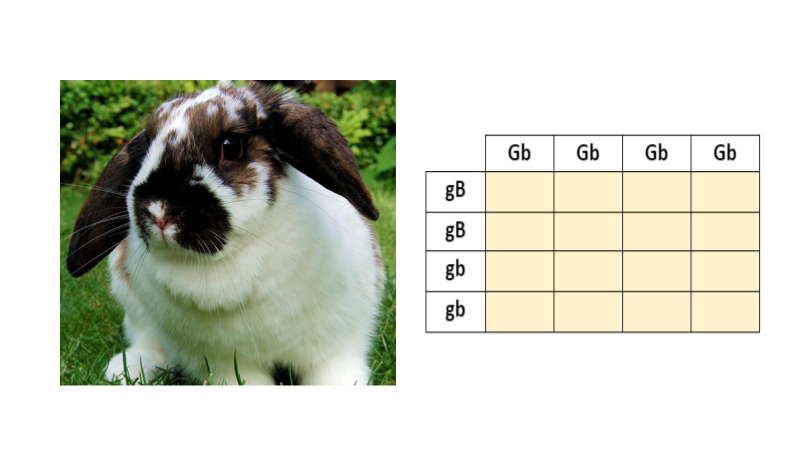
Genetic Crosses in Rabbits (Remote)
Students learn how to do Punnett squares with two traits by practicing completing 4×4 squares.
-
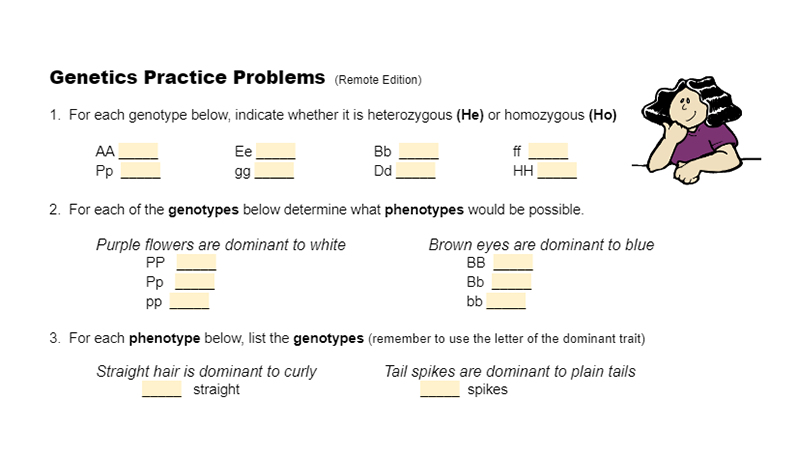
Genetics Practice (Remote)
This worksheet was modified from a popular (and long-standing) worksheet where students practice genetics crosses: Simple Genetics Practice Problems. This version was created for remote learning during the 2020 pandemic. It is similar to the printout students would normally use, but in the case, I used inserted tables in Google docs to set up the…
